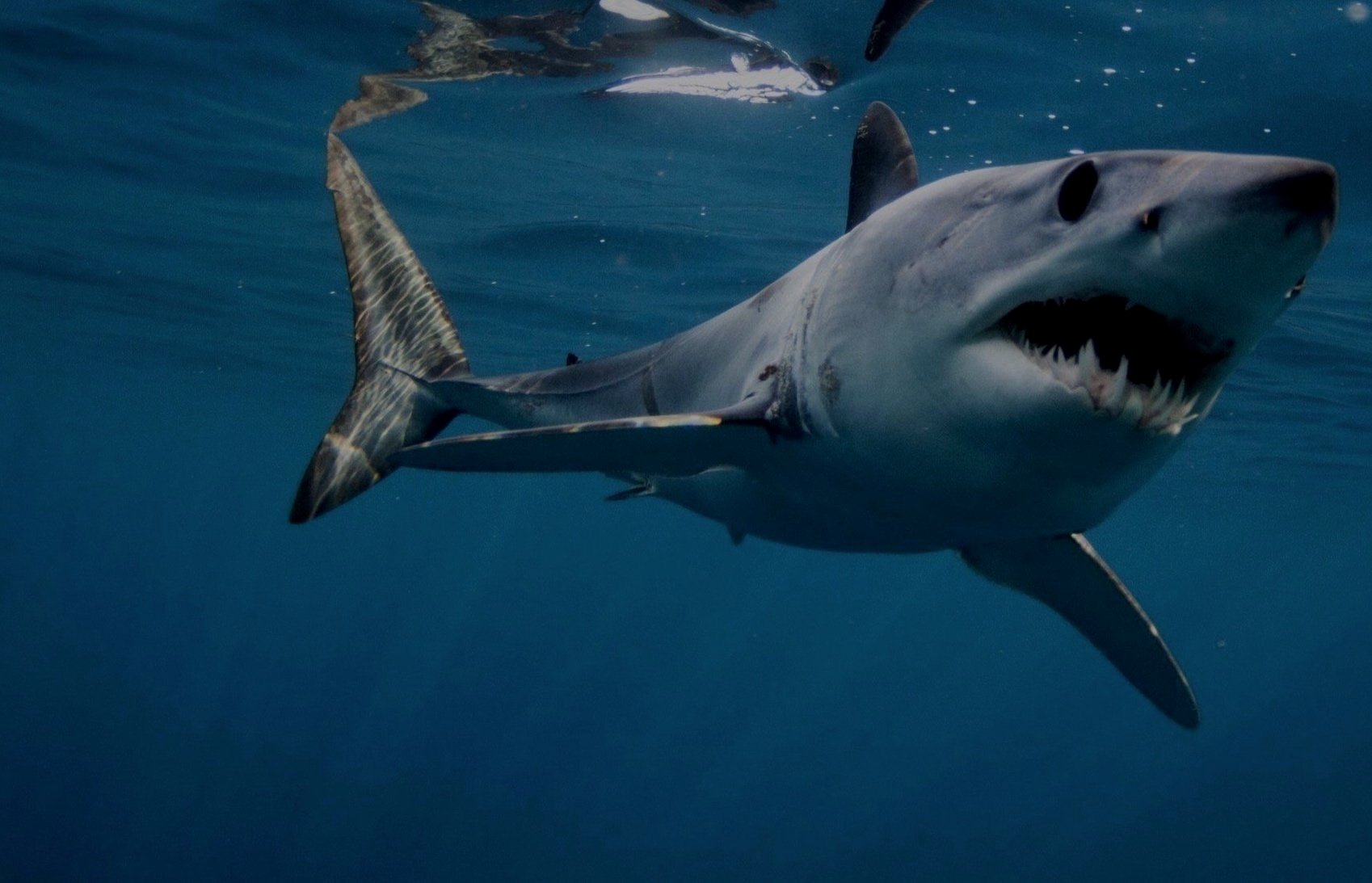
Cabo Shark Lab utilizes citizen science and advanced research methods to safeguard pelagic sharks, essential species for the health of our oceans.
Established in 2016 and based in Cabo San Lucas, Baja California Sur, we are dedicated to making a significant impact on shark conservation.

PELAGIC SHARK MONITORING PROGRAMME
Our main and longest-running initiative, the Pelagic Shark Monitoring Program, focuses on tracking pelagic shark sightings to study their abundance, seasonality, and population dynamics. Since 2016, we have collaborated with shark tour operators and local researchers to gather valuable data. By combining citizen science and robust research methods, we aim to conserve these keystone species and understand their relationship with environmental factors.
SHORTFIN MAKO SATELLITE TAGGING
According to our long-term monitoring data, there is a regular visit from the mako shark (Isurus oxyrhincus) population during late winter and spring. We are starting a satellite tagging with SPOT tags (Lotek) for the shortfin mako shark species to better understand site fidelity, habitat range and migration pattern of the short fin mako shark population visiting Cabo San Lucas.
PELAGIC SHARKS SOCIO-ECONOMIC VALUATION
HELP US ESTIMATE THE VALUE OF ALIVE SHARKS
Anonymous questionnaires are provided to all participants to estimate the economic revenue generated by the shark observation industry in Los Cabos.
Citizen scientists are vital to the success of our shark conservation project. We use citizen science for shark conservation and shark tourism as a data source for research. An important part of the project is to bridge the gap between the general public and shark conservation efforts by offering a range of activities, from educational seminars to hands-on shark diving experiences. Also changing the public perception people have on sharks as menacing eaters into a more accurate understanding of their role in the marine ecosystem and the importance of their conservation.
SHARK TOURISM & EDUCATION
The state of Baja California Sur (BCS), northwestern Mexico, forms a coastline of 2131 km, approximately 22% of the total Mexican coastline. The peninsula’s western coastline faces the Pacific Ocean and the eastern one faces the Gulf of California aka the Sea of Cortez, both of them with particular geological and oceanographic features. The Mexican Pacific extends from the north of the Baja California Peninsula to the Gulf of Tehuantepec and shark diversity is high in this area due to the mixing of both tropical and sub-tropical waters.
The lower Sea of Cortez has the most spectacular underwater habitats, with nearly one-third of the world’s total number of marine mammal species and about 900 fish species are found in the Sea of Cortez.
In Cabo San Lucas, the Northern California current, the Southern California countercurrent, and a strong coastal upwelling work together to create a marine environment with an incredible biodiversity of pelagic shark species.
Our study area: Cabo San Lucas
Mexican Pacific Ocean
Gulf of California
(Sea of Cortés)
Cabo San Lucas
SMOOTH HAMMERHEAD
Sphyrna zygaena
SHORTFIN MAKO SHARK
Isurus oxyrinchus
Pelagic shark species under study:
Pelagic sharks include both “oceanic” and “semipelagic” species. These sharks are highly mobile species that are not closely associated with the sea bottom that inhabit the world’s oceanic basins, over continental and insular slopes and rises. Most pelagic sharks’ species present low reproductive potential due to slow growth and delayed maturation; long reproductive cycles; low fecundity; and long life spans, making it very difficult for them to keep up with the fishing pressure. These sharks are also wide ranged distributed and therefore, international agreements are needed to guarantee efficient protective measures. Pelagic shark species that are more frequently registered from Cabo San Lucas include:
SILKY SHARK
Carcharhinus falciformis
BLUE SHARK
Prionace glauca








